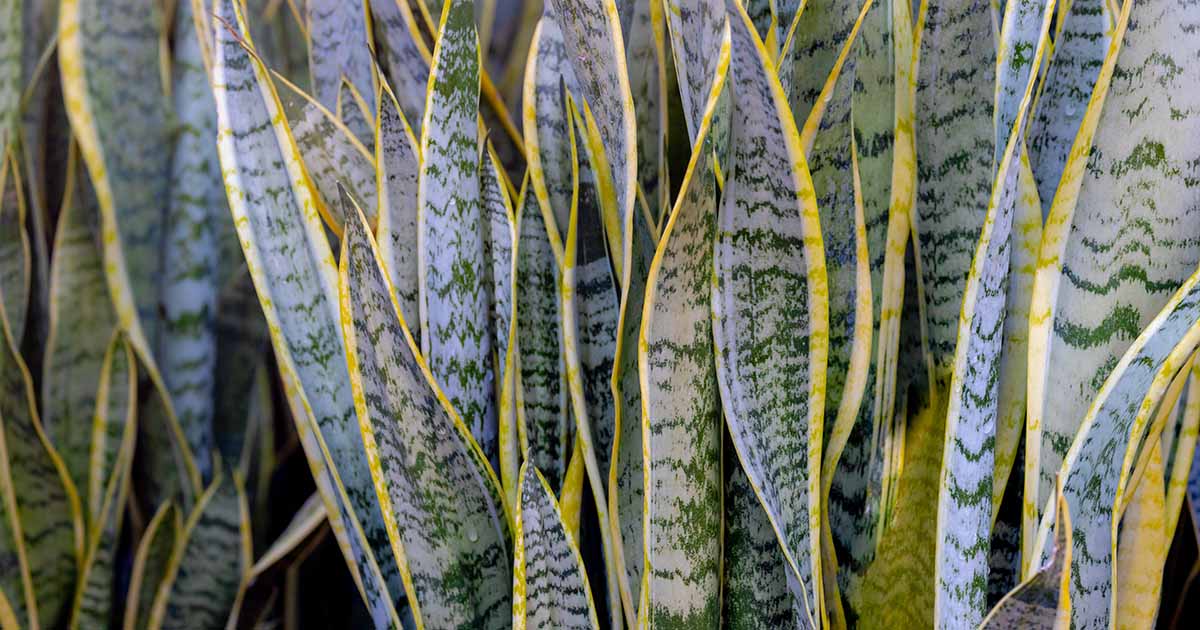With too much exposure, it may turn brown and crisp. As D. trifasciata is a phototropic species, the leaves may stretch toward the light, causing them to have a droopy appearance.
You can use a light meter to check the intensity of sunlight in the location of your specimen, and move it to a more suitable spot if required.
3. Over- or Underwatering
Too much water can cause root rot, where the roots are essentially drowning, allowing pathogens to take hold.
Signs of root rot include leaves turning yellow and soft before flopping over.


Too little water may result in browning, desiccation, and wilting.
Overwatering is far more common than underwatering, and it’s a good idea to get in the habit of checking the soil with a moisture meter or your finger, rather than watering on a schedule.
4. Wrong Pot Size
Overpotting is putting small flora in an overly large vessel. It may lead to prolonged soil wetness, rotting, and flopping.
Underpotting is putting a large specimen in a container that is too small. Without room for root development and enough soil for efficient water and nutrient uptake, the leaves may droop.


When a container is too small there is competition for light, nutrients, and water. As mentioned, D. trifasciata is phototropic.
Leaves with inadequate exposure as a result of overcrowding may lean toward a light source, causing them to appear to droop.
Make sure you are growing your specimens in containers with a diameter two to three inches wider than the root mass and a standard depth.
5. Pests and Disease
Sapsucking insects and root-rotting pathogens can cause foliar and root anomalies.
During an infestation or infection, leaves may lose their ability to remain upright from disruptions to nutrient uptake, impaired chlorophyll production, and leaf and root tissue damage.


Potential pests include aphids, mealybugs, and spider mites. These can be dealt with using neem oil or a strong spray of water from the hose.
Rinse the foliage, remove significantly damaged leaves, and treat with organic neem oil.

